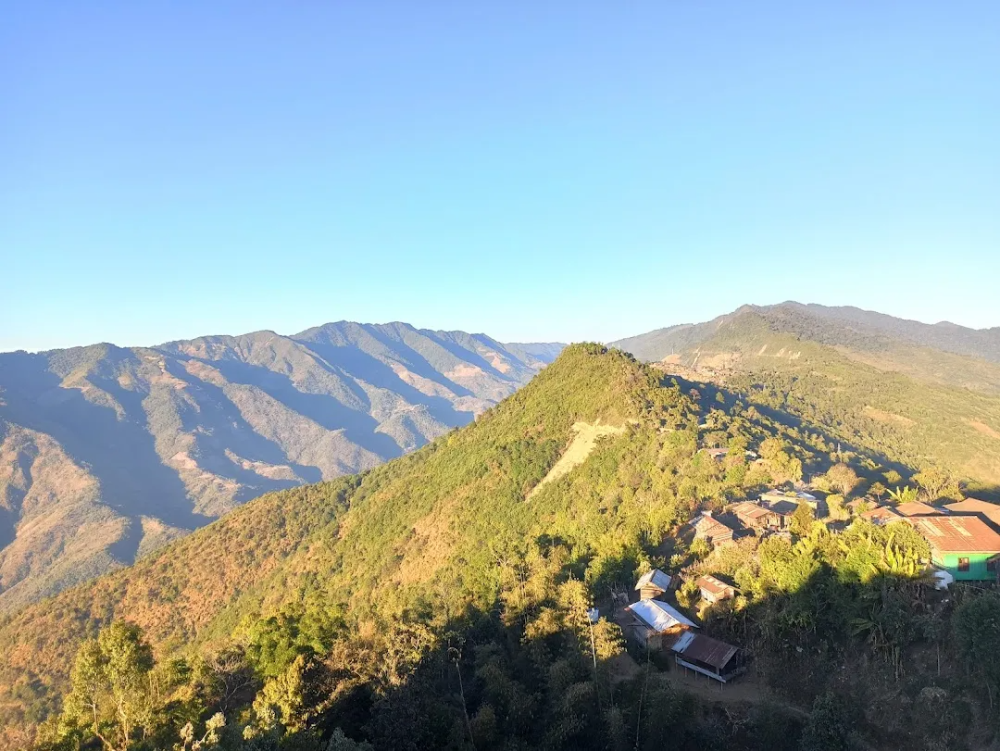

Sangphure, a serene village located in the Tuensang district of Nagaland, India, is a relatively offbeat destination for tourists seeking to explore the untouched beauty of the North East. Known for its lush landscapes, rich cultural heritage, and warm-hearted inhabitants, Sangphure offers a tranquil escape from the hustle and bustle of city life.
Tourism in Sangphure, as with much of Nagaland, is a relatively recent development. Traditionally, the economy has been largely agrarian with a focus on community and local cultures. It wasn't until the late 20th century that Nagaland, including Sangphure, began gaining attention as a potential tourist destination. The government and local communities have since recognized tourism as a means to promote sustainable development and cultural preservation.
The Nagaland state government, in collaboration with the Indian government, has initiated several programs aimed at boosting tourism in the region. Projects focusing on improving infrastructural facilities like roads, accommodation, and communication systems have been pivotal. Furthermore, cultural festivals have been promoted as key attractions for tourists visiting Sangphure and its surroundings.
Natural Beauty: Sangphure is surrounded by vibrant landscapes, with verdant hills and valleys that are home to a variety of flora and fauna. Exploring these natural spaces has become a significant draw for eco-tourists and nature enthusiasts.
Cultural Heritage: Visitors to Sangphure can immerse themselves in the rich traditions of the region's tribes, particularly the Chang tribe known for their unique customs and festivities. The Hornbill Festival, although celebrated in Kohima, has a profound effect on tourism across all of Nagaland, including Sangphure, by showcasing Naga culture.
Local Lifestyle: Experiencing the local way of life, including agriculture, handicrafts, and the daily routines of the villagers, offers an intimate look into the heart of Sangphure's community.
Eco-Tourism: As travelers become more environmentally conscious, Sangphure is embracing eco-tourism, encouraging visitors to connect with nature while maintaining sustainability.
Homestays: The rise of homestays has allowed tourists to enjoy an authentic experience while benefiting local families directly. Homestays provide a unique insight into the Naga way of life, which includes shared meals and participation in local traditions.
Adventure Tourism: Sangphure is gradually building its reputation for adventure tourism. Activities like trekking, bird watching, and exploring the nearby forests and rivers cater to the adventurous spirit.
The growth of tourism in Sangphure presents both challenges and opportunities. Infrastructure remains a work in progress and accessibility can sometimes be an issue. However, this has not deterred determined travelers, drawn by the authenticity and tranquility of the area. Moreover, as local communities become more engaged in tourism, there is a strong emphasis on cultural preservation and eco-friendly practices, ensuring that Sangphure will continue to be a gem within Nagaland's crown for future generations to visit and appreciate.
Sangphure's journey in the tourism landscape is one of ongoing development and discovery. As the region opens up and establishes itself as a destination for those seeking cultural richness and natural beauty, it remains committed to protecting its environment and heritage. For the conscious traveler, Sangphure represents an opportunity to explore a less trodden path and to contribute positively to a community that has much to offer to the world of tourism.